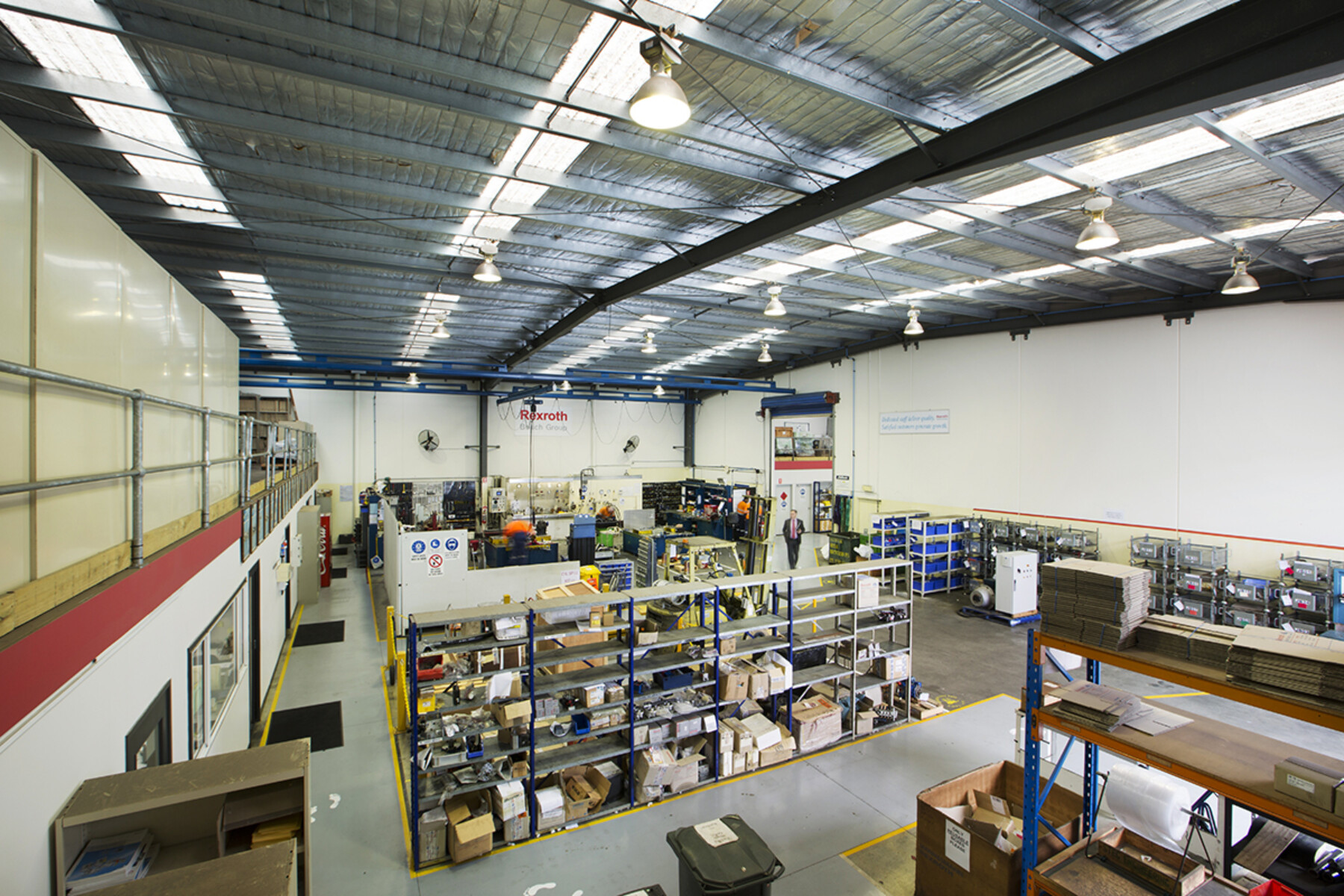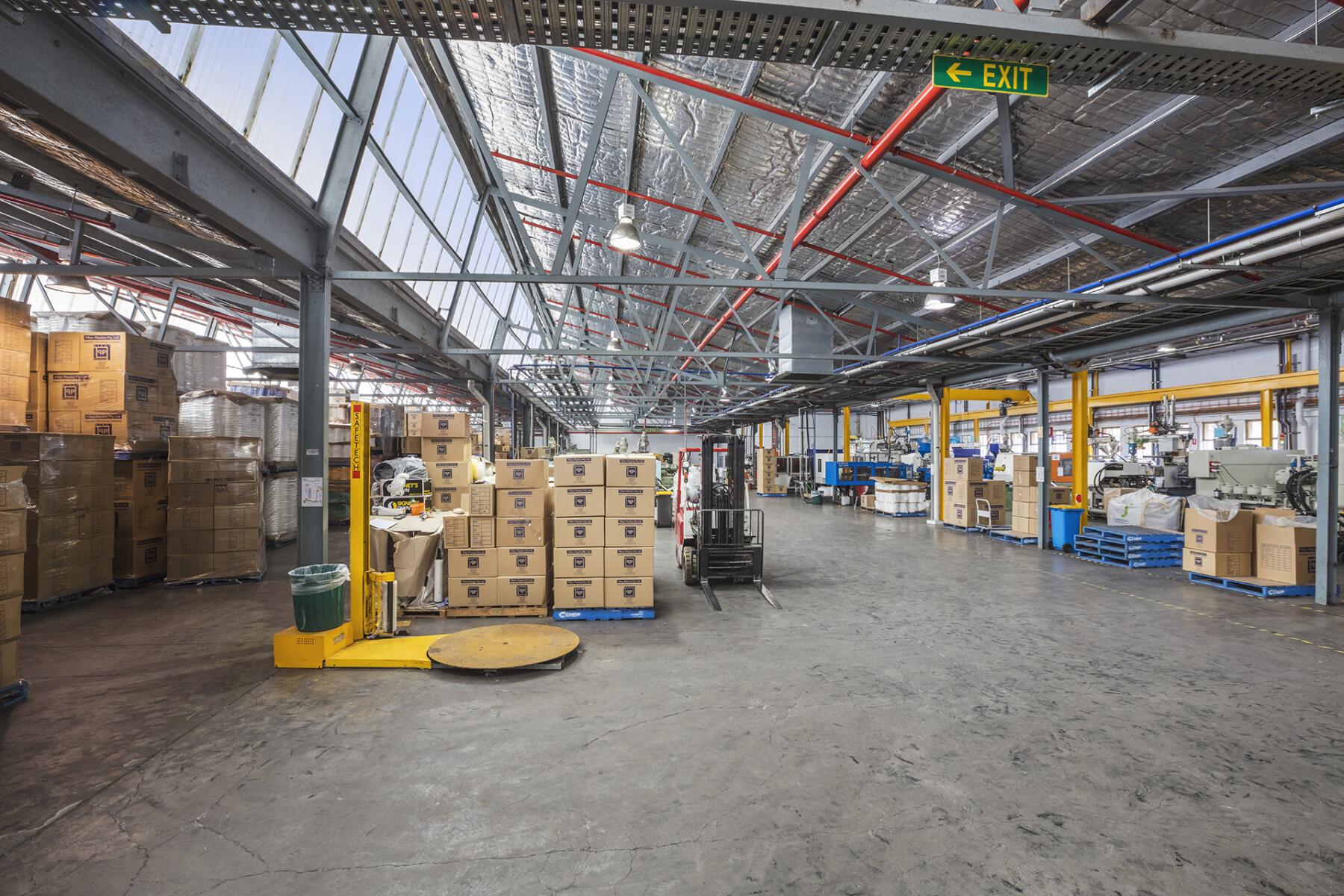Sandrin said yields have eased in line with the increasing cost of debt, however, investors will continue to chase prime industrial investments.
“Industrial and logistics assets continue to be at the top of investors’ wish lists. The sector can expect to see ongoing interest from local and offshore investors looking to take advantage of the historically low vacancy rates across all Melbourne regions that are translating into these strong rents.
Owner-occupiers extremely active in the Victoria market
However, owner-occupiers have surpassed investors in the race for industrial assets in a big way.
“Owner-occupiers are the most active buyers in the market, given the recent uplift in rentals in the past 24 months across the market combined with the scarcity of available zoned land to purchase,” Fitzroys Director Brent Glassford said.
“This buyer profile is securing existing assets in core industrial locations with great access to the current workforce, major road networks and customer base.”
“Vacant properties, and properties with short weighted average lease expiries (WALE)s are attracting heated competition amongst owner-occupiers.”
The prospect of falling interest rates later in the year would result in further buyers entering the market. That has become more likely since the latest Australian Bureau of Statistics data showed that inflation has fallen further, hitting a two-year low.
Further focus on developments
Glassford said major institutions are expected to also continue to focus on acquiring land for development, looking for infill sites in inner suburban locations or large land parcels in the outer suburbs.
“They’re also looking for value-add sites, with short WALEs where the asset can be repositioned, and they’ll be able to capture strong rental uplift,” he said.
Glassford said heavy population growth, fuelled by record migration, will add further to the demand for new developments.
“Strong rent levels and further growth will see major players and developers happy to wear the higher construction costs and look to get new facilities out of the ground. Financing for industrial developments is currently more favourable than other major asset classes.
“We still expect supply to remain tight through 2024, providing strength across the rental market. There will remain an undersupply of property.”
The data boom, fuelled further by the surge of AI and ongoing growth of e-commerce, means further demand for data centres, Glassford said.
“This will bring in more local and overseas-based data centre operators into the Melbourne market looking for development and holding sites to build brand-new, modern centres.”

